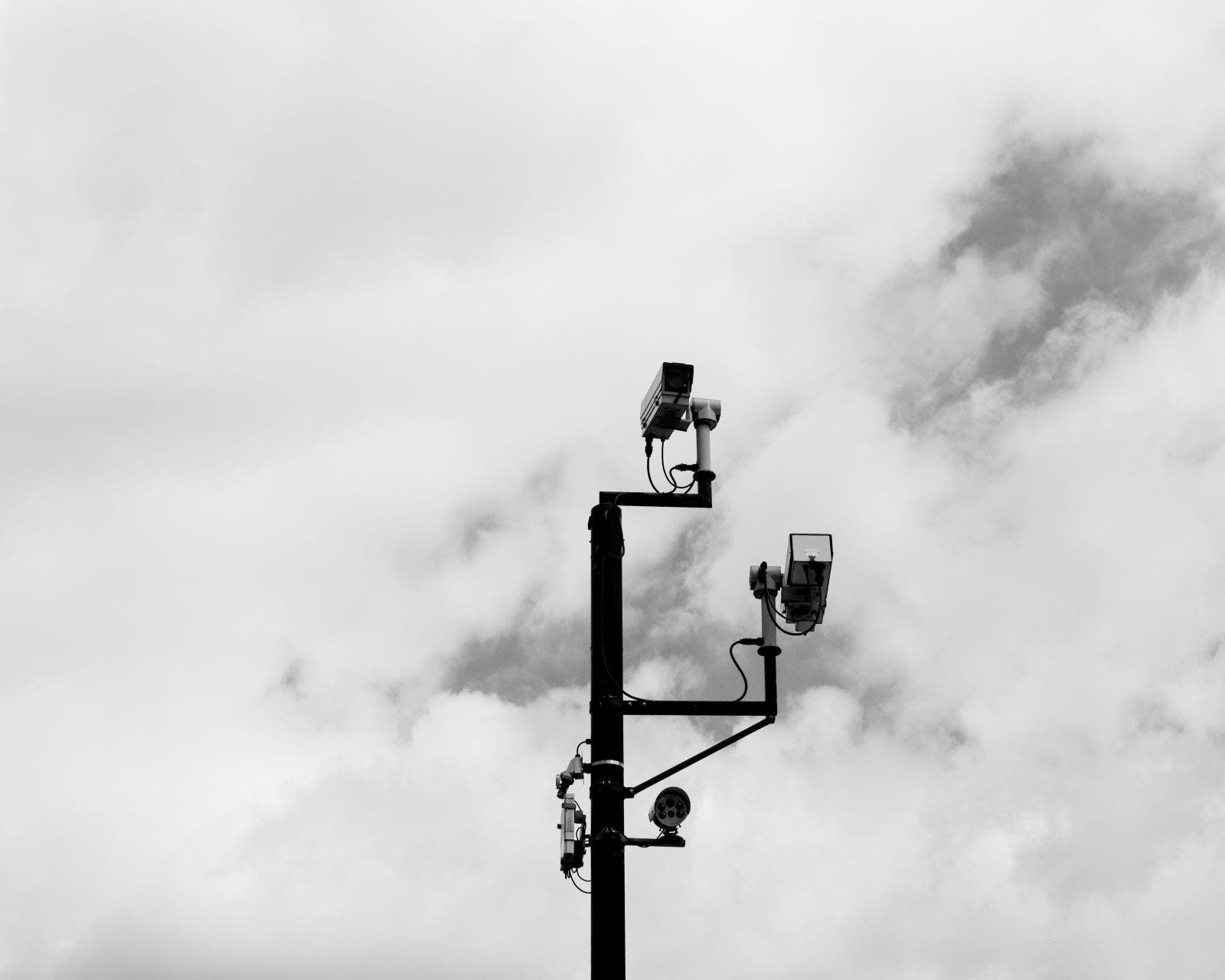 öhm.. ich hatte mal vor einiger Zeit darüber sinniert, dass es doch genial wär, wenn man Strom ohne Kupferdrähte übertragen könnte. Mein Kumpel hatte mich ausgelacht, als ich ihm von diesem Gedanken erzählt hatte, dass das rein theoretisch oW gehen muss. Nunmehr freut es mich sehr, dass ein kroatischer Landsmann – Marin Soljacic, der am MIT forscht – der Sache auf der Spur zu sein scheint (siehe auch Google zu Wireless Non-Radiative Energy Transfer:
öhm.. ich hatte mal vor einiger Zeit darüber sinniert, dass es doch genial wär, wenn man Strom ohne Kupferdrähte übertragen könnte. Mein Kumpel hatte mich ausgelacht, als ich ihm von diesem Gedanken erzählt hatte, dass das rein theoretisch oW gehen muss. Nunmehr freut es mich sehr, dass ein kroatischer Landsmann – Marin Soljacic, der am MIT forscht – der Sache auf der Spur zu sein scheint (siehe auch Google zu Wireless Non-Radiative Energy Transfer:
Recharging your laptop computer — and also your cell phone and a variety of other gadgets — might one day be doable in the same convenient way many people now surf the Web: wirelessly. Marin Soljacic of the Massachusetts Institute of Technology will present research by himself and his colleagues Aristeidis Karalis and John Joannopoulos on the physics of electromagnetic fields, showing how wireless energy could power future gadgets. The MIT team is also working on demonstrating the technology in practice. The work will be described on Tuesday, November 14 in San Francisco, at the 2006 American Institute of Physics Industrial Physics Forum (IPF), which will be co-located with the Nanotechnology Topical Conference at the AVS 53rd International Symposium & Exhibition at the Moscone Center West… However, Soljacic realized that the close-range induction taking place inside a transformer — or something similar to it — could potentially transfer energy over longer distances, say, from one end of a room to the other. Instead of irradiating the environment with electromagnetic waves, a power transmitter would fill the space around it with a „non-radiative“ electromagnetic field. Energy would only be picked up by gadgets specially designed to „resonate“ with the field. Most of the energy not picked up by a receiver would be reabsorbed by the emitter. … In his talk at the IPF’s „Frontiers in Physics“ session, Soljacic will explain the physics of non-radiative energy transfer and the possible design of wireless-power systems…. With the proposed designs, non-radiative wireless power would have limited range, and the range would be shorter for smaller-size receivers. But the team calculates that an object the size of a laptop could be recharged within a few meters of the power source. Placing one source in each room could provide coverage throughout your home.
Tesla würde sich freuen;) Btw, stimme dem Netzbertrieb Blogger zu, ruhig etwas stolz auf kroatischen Entdecker- und Erfindergeist sein zu dürfen:
der grosse Weltreisende: Marko Polo Insel Korcula/Kroatien
Fallschrim und Hängebrücke und Beschreibung der ersten Windturbine: Faust Vrancic Sibenik/Kroatien
Erfinder des Fingerabdruck-Verfahrens: Ivan Vucetic Insel Hvar
Physiker Mathematiker und Phylosoph: Rudjer Boskovic Dubrovnik/Kroatien
Erfinder des Kugelschreibers: Kroatischer Ingenieur Eduard Slavoljub Penkala.
Die Krawatte: nach Kroatischen Soldaten benannt, die in Frankreich um 1668 als Söldner im Einsatz waren.
Teleskop: Marin Getaldic
Torpedo: kroatische Marine Offizier Ivan Lupis Rijeka/Kroatien
Elektrischer Geschwindigkeitsmesser: Josip Belusic Labin/Kroatien
Metall Luftschiff: David Schwarz Zagreb/Kroatien
Mag Lite Taschenlampe: Ante Maglica
Nobelpreisträger Chemie: Lavoslav Ruzicka Vukovar/Kroatien und Vladimir Prelog Sarajevo/BIH
via Netzbetrieb














